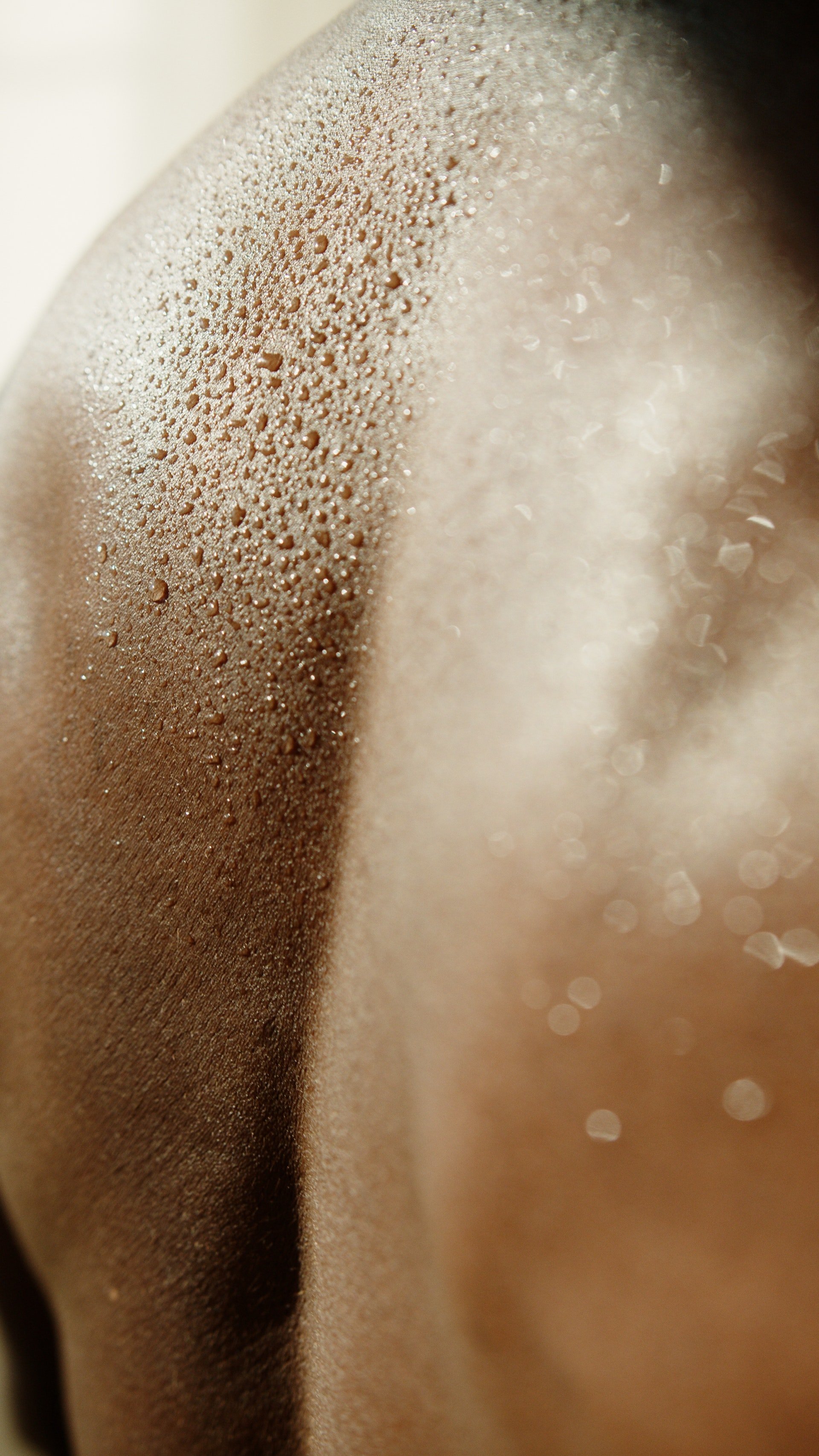Transition Out of a Bulk
“bulking or eating a surplus of calories for a period of the year can be highly beneficial”
Bulking is a term used where a person eats a surplus of calories while lifting heavier weights to increase weight, focusing primarily on muscle. While bulking has earned a negative connotation in the dieting world, bulking or eating a surplus of calories for a period of the year can be highly beneficial for future dieting phases.
Bulking can be very beneficial and is needed to continue to improve your physique long-term, holding a bulk for too long can have some adverse effects. Eating excessive calories for too long can also lead to excessive fat gain and other health issues such as insulin resistance.
When transitioning out of a bulk we must do it gradually versus drastically cutting our calories. Cutting your calories too fast can lead to loss of muscle and too much hunger, which can lead to binge eating. Here are some ways to gradually put yourself out of a bulk and into a deficit.
//01 Assess your caloric intake
You'll want to know how many calories you are consuming daily. We suggest creating an incremental 10% change in calories to start. For example, if you consume 2,500 calories, you would reduce anywhere from 125-250 calories.
//02 Increase Activity Gradually
While most people might think the more activity, the better, we advise you to start small. A daily 10-15 minute movement increase is a good place to start. This can be as simple as walking around the block several times to complete your activity, ultimately helping you burn more calories.
//03 Keep Strength Training
You want to make sure you are lifting with proper form and technique to maintain pushing your body to its limits. This will help maintain muscle and prevent muscle loss.
//04 Keep Protein High
As the dieting phase continues and calories decrease, you want to make sure your protein remains on the higher side to help maintain your muscle. Higher protein will also keep you full, preventing you from becoming hungry. We suggest 1g-1.2g times your body weight.
//05 Track your progress
Weekly or biweekly measurements (weight, centimeters, photos) can help you identify your current changes. This will help with adjusting calories by either reducing food or increasing activity
Cutting after bulking plays a critical part in your fitness journey. When done correctly, it will lead to a well-balanced body. Remember to start dropping calories slowly, slightly increase activity every 7-14 days, and do not stop strength training.
If you need any help, we are happy to help, feel free to send us a message and we'd be happy to help.


